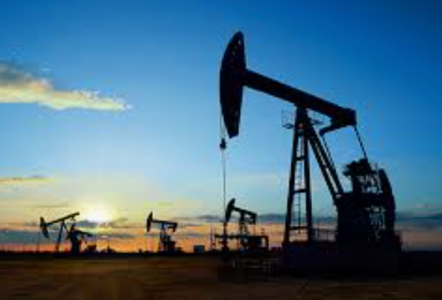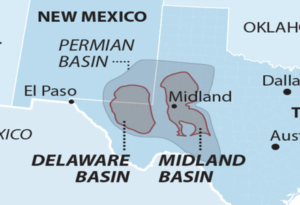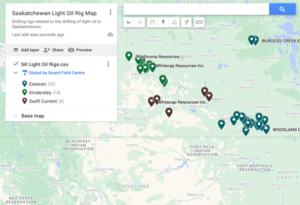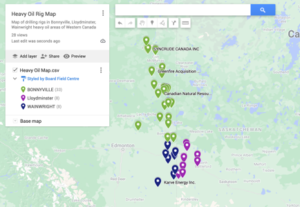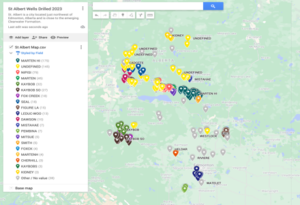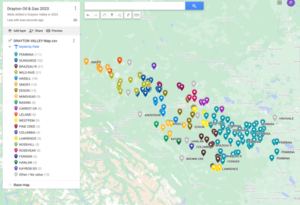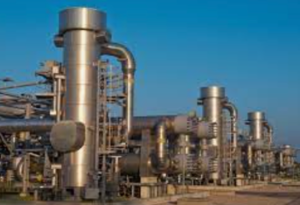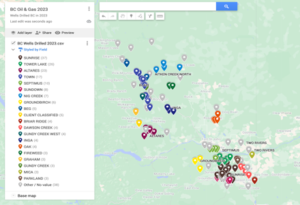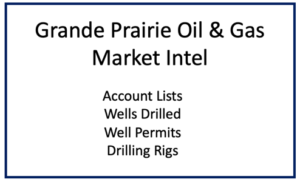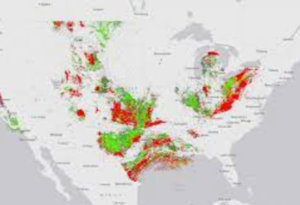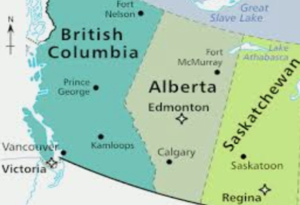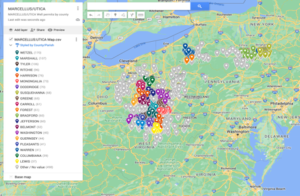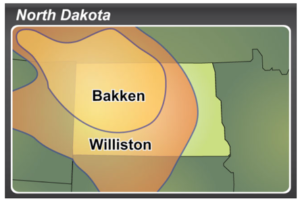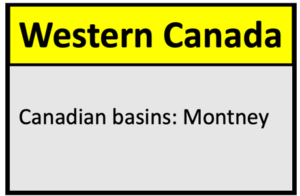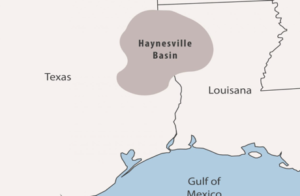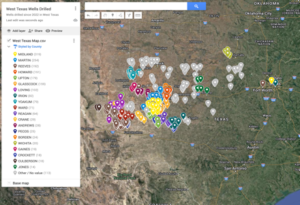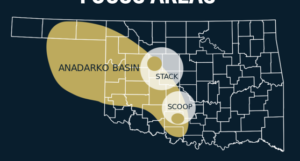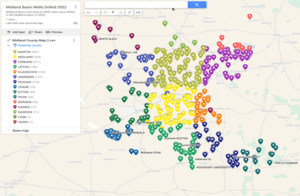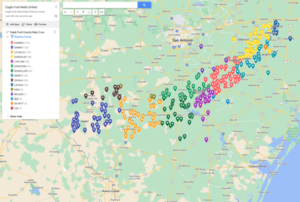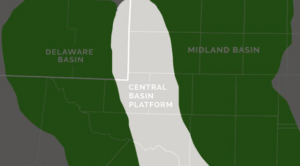The U.S. oil and gas industry is undergoing a major transformation, driven by efficiency initiatives and strategic cost management. With record-breaking production levels in 2024, operators in the Permian Basin and beyond are implementing advanced drilling techniques, automation, and cost-cutting strategies to maintain profitability amid fluctuating market conditions.
In this article, we explore how leading companies like Chevron, Devon Energy, EOG Resources, and ExxonMobil are improving drilling, completions, production, and capital efficiency—and what it means for the future of U.S. shale.

1. Faster Drilling, Lower Costs, and Improved Well Placement
Drilling efficiency is at the heart of modern oilfield operations. Companies are leveraging high-spec rigs, automation, and AI-driven analytics to drill longer laterals, reduce downtime, and improve wellbore placement.
Key Highlights:
- Devon Energy increased its drilling speed from 999 feet per day in 2023 to 1,034 feet per day in 2024, achieving a 14% efficiency gain through optimized rig technology and predictive analytics.
- Chevron’s AI-driven drilling optimization reduced drilling cycle times and improved well economics.
- SLB and Halliburton’s fully automated drilling systems have minimized human error while increasing penetration rates.
2. Smarter Well Completions & Higher Efficiency
The completion phase is another area where operators are cutting costs and increasing output. By refining stimulation techniques, optimizing frac fleets, and using real-time data, companies are completing wells faster and more efficiently.
Key Highlights:
- Devon Energy improved completion efficiency by 12%, increasing footage completed per day from 1,065 feet in 2023 to 1,178 feet in 2024 through better frac designs and automated completions.
- EOG Resources increased lateral lengths by 10% and plans to drill 50+ three-mile laterals in the Delaware Basin this year.
- Chevron’s water recycling programs and frac fleet optimizations have significantly cut water disposal costs and reduced reliance on freshwater sources.
3. Multi-Well Pad Drilling: Lower Costs, Higher Productivity
Multi-well pad drilling is no longer just an efficiency measure—it’s a fundamental shift in how operators manage costs and optimize resources. Instead of drilling individual wells, companies drill multiple wells from a single pad, reducing infrastructure costs and service duplication.
Key Highlights:
- Chevron, Devon Energy, and EOG Resources are using multi-well pads to share infrastructure, cutting the need for separate roads, pipelines, and water systems.
- ExxonMobil and Ovintiv are optimizing well spacing to avoid frac interference and improve resource recovery.
- EOG’s cube development model allows for simultaneous well completions, maximizing proppant efficiency and reducing per-well costs.
4. Service Cost Management: Locking in Pricing to Avoid Market Volatility
Service costs—especially for drilling rigs, frac fleets, proppant, and water disposal—can fluctuate with demand. To counter price volatility, operators are securing multi-year agreements with key service providers to lock in stable pricing and lower costs.
Key Highlights:
- EOG Resources secured 50-60% of its 2024 service costs in advance, avoiding inflation-driven price hikes.
- Chevron signed long-term contracts for pipeline transportation and water recycling, reducing midstream cost uncertainty.
- Devon Energy’s multi-year frac fleet agreements helped cut per-well completion costs by 10-15%.
5. Record U.S. Oil & Gas Production in 2024
These efficiency gains have contributed to record-breaking U.S. oil and gas production in 2024:
Key Highlights:
- Crude oil production reached an all-time high of 13.4 million barrels per day in August 2024, surpassing previous records.
- Annual production averaged 13.12 million barrels per day, reflecting continued growth.
- Natural gas output also hit new highs, reinforcing the U.S.’s role as a global energy leader.
Final Thoughts: The Future of Efficiency in U.S. Oil & Gas
The days of rapid, unchecked growth in U.S. shale are over. Instead, the industry is shifting toward capital efficiency, cost control, and sustainable production growth.
Key Takeaways:
✅ Drilling & completion efficiency is driving down per-well costs.
✅ Multi-well pad drilling & cube development are optimizing resource extraction.
✅ Multi-year service agreements are stabilizing costs and improving margins.
✅ Record oil & gas production in 2024 highlights the success of these efficiency initiatives.
With Chevron, Devon, EOG, ExxonMobil, and others leading the charge, the future of U.S. shale isn’t about producing more—it’s about producing smarter.
🔹 What’s Next? Expect continued automation, AI-driven optimizations, and strategic cost management to shape the next phase of the U.S. oil and gas industry. 🚀

